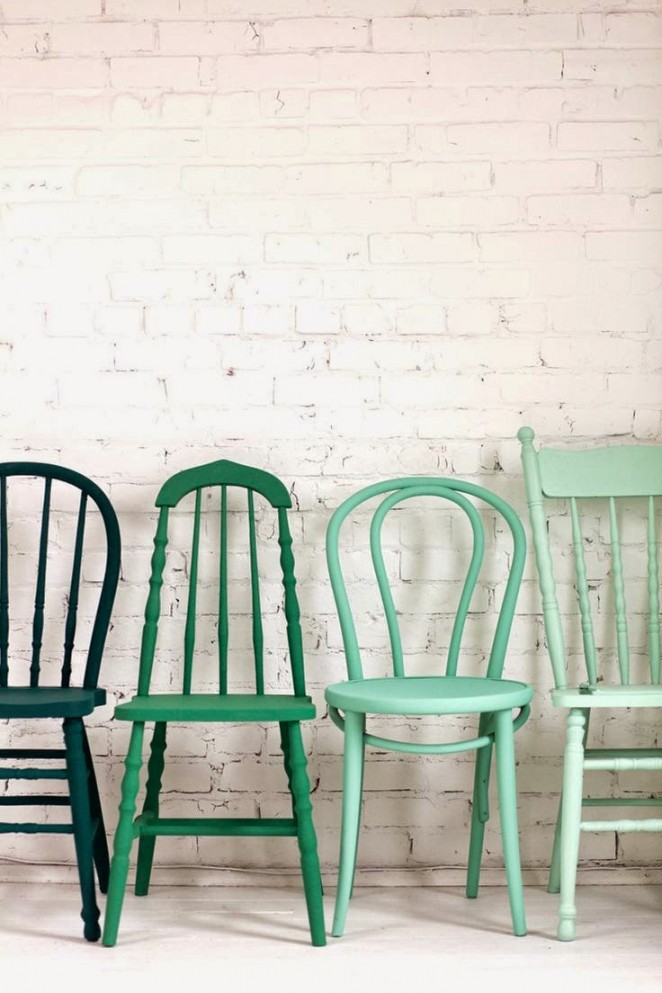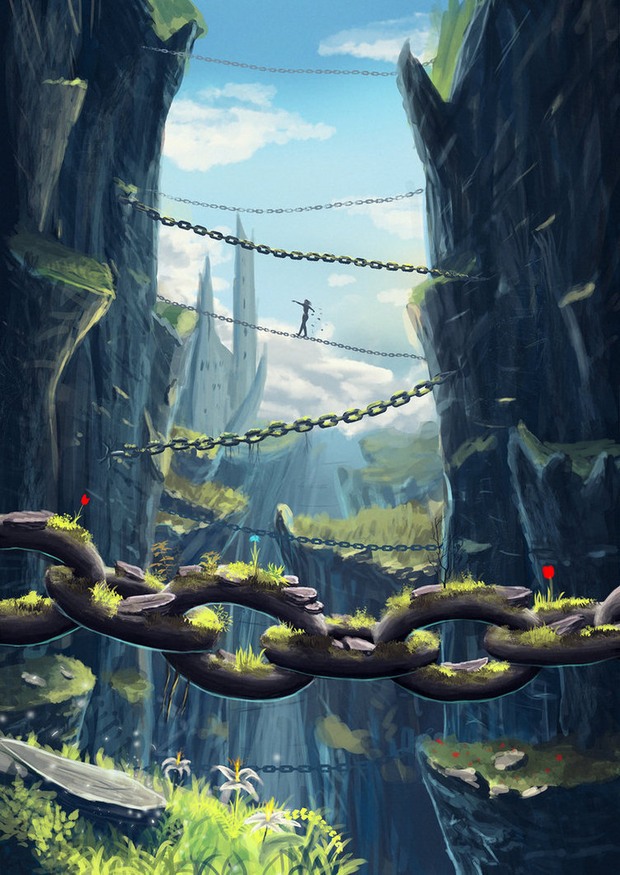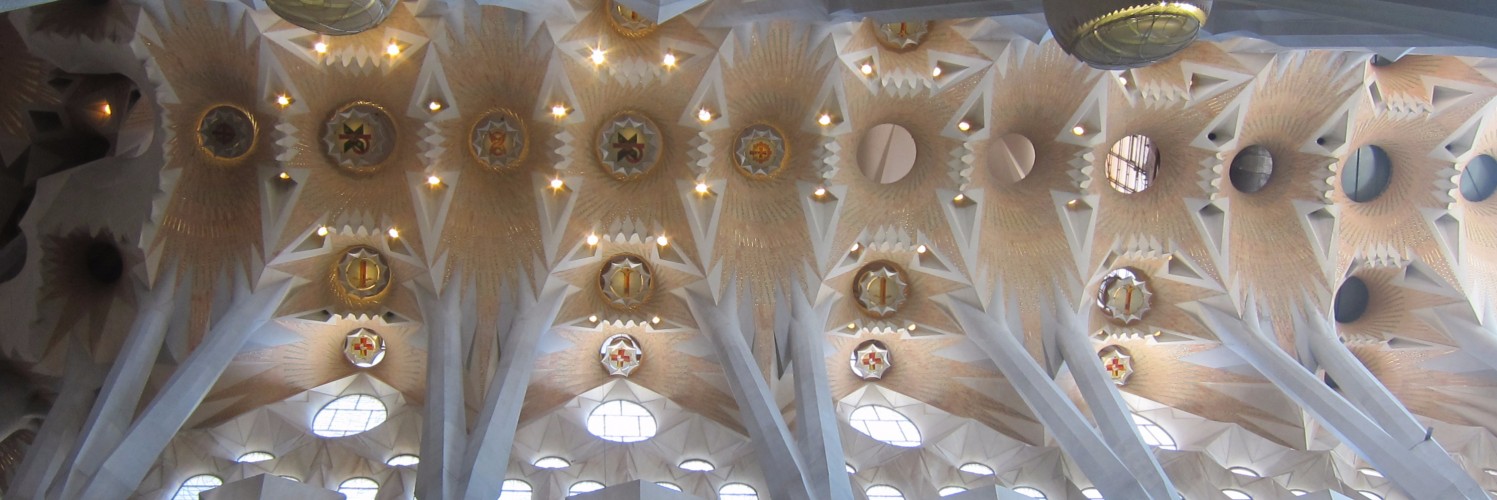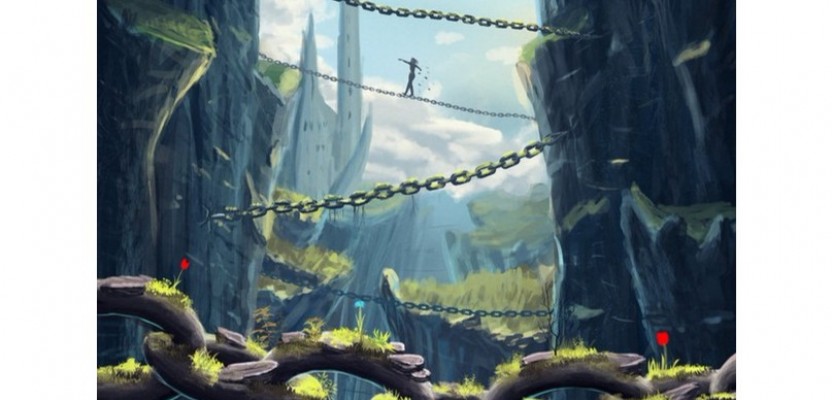The Green Fairy is the English translation of La Fee Verte, the affectionate French nickname given to the celebrated absinthe drink in the nineteenth century. The nickname stuck, and over a century later, "absinthe" and "Green Fairy" continue to be used interchangeably by devotees of the potent green alcohol. But Green Fairy isn't just another name for absinthe: she is a metaphorical concept of artistic enlightenment and exploration, of poetic inspiration, of a freer state of mind, of new ideas, of a changing social order.
For this article, I hope to take you deeper into green or eco-friendly events; as my previous post caused such a stir. Thank you for the shares and likes. Phil
An event is a concentration of people, materials and energies in one place for a limited period of time. Large-scale events involve a team of organisers, volunteers, equipment, including decoration or sound, transportation, accommodation, stakeholders, service providers and suppliers. Creating an event means producing positive impacts - beautiful encounters, a moment to share, a message to convey - but also negative, especially about the environment.
Need proof? Here are some numbers...
An event can be a source of intense pressure on the environment and natural resources. For example, the event industry consumes 4 million square meters of carpet per year [pdf. Link - Chapter 4] The organisation of a convention can lead to the production of 14 kg of waste per participant and that of an international seminar up to 34 kilograms per guest! According to Ademe (the French Environment and Energy Management Agency) and other leading European Environmental research bodies, an average event of 5,000 people would generate 2.5 tons of waste, consume 1,000 kWh of energy and 500 kg of paper.
An important margin of manoeuvre
An event is by definition ephemeral; disposable products may seem "essential" at first glance. However, it is possible to limit them.
Some festivals replace disposable cups with reusable cups. The National Rugby League of Australia trialled the sale of reusable cups with Globelet for the 2017 NRL Telstra Premiership Grand Final at ANZ Stadium on October 1st, 2017.
NRL branded cups were introduced at two of the bars as a reusable cup system to help eliminate single-use plastic cups. This was the first major sporting events in Australasia to make a move towards ending single-use plastic at stadiums and sports games in Australia. An independent study by Green Music Australia on Compostable PLA cups vs. Globelet indicated that "..the manufacturing and washing processes of the Globelet Original were consistently more water efficient than single-use PLA cups. It was concluded that reusing the Gobelet Original for multiple festivals is more energy efficient than purchasing Single use PLA cups."
While the event industry is currently a major producer of waste, the room for improvement is significant in many respects. Indeed, many angles of attack are possible, from the restoration to the dishes, by way of the decoration or the media of information. On significant events, one or two key actions can significantly reduce the amount of waste produced.
For a major impact, the coordination and the conjunction of actions with the customer and the service providers are necessary, and it is sometimes required to imagine and develop new solutions. A recent article by The Bridgewater Hall outlines some fundamental aspects to defining your target group for corporate Event Spaces in Manchester, as a means to better connect with both internal and external stakeholders.
Finally, an event brings together many participants in one place and therefore represents an opportunity to raise awareness about the issue of waste, to spread a message but also ideas for action to be taken at the individual level.
Key Success Factors for a Zero Waste Event
A "Zero Waste" event will be able to rely on many actions, but it will always be a matter of respecting the same principle: to avoid all the waste that can be upstream and to valorise downstream those that can not be avoided. This logic must be an integral part of your event from A to Z: from the preparations to the thank you card. Whatever the type or size of the event, three key success factors can guide your approach.
 Prepare and commit upstream
Prepare and commit upstream
A preliminary diagnosis will help you identify waste deposits and set clear goals. It is easier to put in place a precise policy and an action plan (objectives, means, deadlines) before even embarking on the organisation of the event. The reason being that all the choices made from the first stages ( location, activities, suppliers, service providers, etc.) can have an impact concerning waste generation.
Communicate and involve stakeholders
For the approach to be relevant, all stakeholders must be informed of the issues, including the client/sponsor (if different from the organiser) and the suppliers, but also the partners and participants. During the event, communication must be clear, including information associated with the sorting points and awareness of waste prevention.
Draw up a balance sheet
At the end of the event, it will be a question of taking stock of the process and communicating the successes and the progress to be made. The report helps define goals for the next event to be organised.
Eco-Friendly Strategies
Hospitality
Action 1: Offer tap water
The principle
Tap water is 100 to 200 times less expensive than bottled water, has less greenhouse gas emissions, and can significantly reduce the amount of waste produced by disposable plastic bottles. It is a very well controlled and safe product that can be offered for any event.
Implementation
You can connect directly to the running water service or use a tanker truck. Some municipalities offer this assistance in the form of partnership. Depending on the type of event, the water can be served in water bars, with self-service fountains or simply offered to participants by waiters.
Feedback from experience
For the Paris Eco-Trail, a sporting event whose aim is to be as accessible to as many people as possible, the organisers decided to set up tanks with ramps and thus avoid the use of more than 10,000 50cl water bottles to fill directly. "We avoided a double waste scenario: usually a runner drinks a sip of water and then throws the bottle directly onto the floor. With our system we save water and produce less waste, " proclaimed Sandrine Guyot, sustainable development manager of the event.

Shopping
Action 2: Save bio waste from the landfill
The principle
If no specific solution is put in place, bio-waste is mixed with household waste and ends up at the incinerator or landfill. Allowing biowaste to return to the ground is a logical and completely ecological process. The reflex to adopt is therefore to provide a recovery channel for bio-waste.
Implementation
If the community offers a bio waste sorting service, just add a trash can on the different sorting points of the event. Otherwise, for small events, it is possible to use a vermicomposter. For more extensive events, a service provider or an association can come and collect biowaste on site for recovery by composting or anaerobic digestion
Feedback from experience
Caroline Varrall, in charge of the implementation of eco-responsible actions for Marsatac, explains her experience of composting during festivals:
"A team of volunteers intervenes to raise awareness among cooks and participants, but also restaurateurs present for the public, including food trucks. In a second step, we collect the bio-waste (peelings, leftovers of a meal) and direct them so that they are valorised. Last year, all of our organic waste, especially that of dry toilets, was taken care of by the same provider who has a compost unit. During our festival, we produce more than 500 L of compost."

Logistics
Action 3: Collect reusable objects
The principle
This step is particularly relevant for regular events (corporate meetings, trade shows, etc.) and non-personalized items. A transparent badge distributed at the entrance, a pen and a notepad, a USB information key or a plan made available (and not automatically delivered) are often reusable. The principle is simple: collect at the end of the event those that will not be useful to the participant, but can be used again at a future event.
The + points
Each retrieved object represents a small saving for the next event. It is also possible to pool the recovered stock (for badges for example) with other organisers.
Implementation
Do not perform an automatic distribution but provide directly to participants who ask for the object. At the end of your event, have collection bins in place. You can set up an incentive to return the item, such as a deposit system (on cups for example) or another form of motivation such as a free drink or a draw on the returned badges. The recycling bins can also represent projects and each participant votes for his favourite project by depositing their identification or another object in the associated container.
Feedback from experience
Catherine Boulay, a sustainable development consultant at Exponantes, explains the company's approach:
"We are acting on recycling, composting but also on reusability strategies. For our events, we set up card recovery bins, an object frequently used in expositions. Therefore, avoiding the requirement to buy new paper resources each time."

Communication
Action 4: Limit gifts and free items
The principle
At corporate events or sponsored exhibitions, partners display their presence with small gifts (pens, notebooks, various goodies) often superfluous. Even if a notebook or pen is useful in the short-term, having a stock at home is not necessary and is a source of waste. The goal is to redefine the usefulness of the gift in order to find the best alternative.
The + points
The partner can replace their goodies with additional experiences for the participants, propose a more eco-friendly and original alternative and improve their image.
Implementation
If your partners need visibility, they can, at choice, offer the buffet, personalise the food using edible ink stamps, arrange a relaxation space, propose an experiential event (bar with fruit juice, massage, yoga session). If the goal is to leave a memory, the gadget is replaced by a photo booth. The establishment of a bag of virtual goodies is also an excellent opportunity for communication and content proposal to participants
Feedback from experience
For the 2015 edition of the Ouishare Fest, the traditional bag of goodies was replaced by digital equivalents, including dematerialised gifts such as coupons of discovery for new services, thus helping to reduce the distribution of physical gifts.



